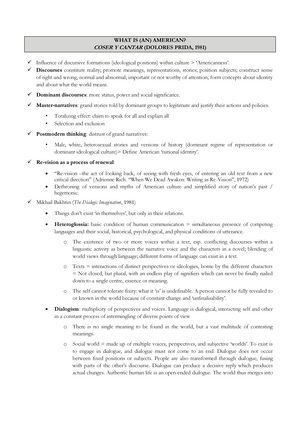
That chapter is followed by an analysis of three plays, Latina by Milcha Sanchez-Scott Simply Maria, or the American Dream by Josefina Lopez and Coser y Cantar ( Sew and Sing) by Dolores Prida. This section is perhaps the most compelling for me she brings the performance pieces to life while adding a critical analysis. Working from both visual memory and soon-to-be published texts, Arrizón illustrates two performance pieces, Esparza's "I DisMember the Alamo" and Bustamante's "Indigurrito," with a clear understanding of the performers, their audiences, and the theatricality of each event.

I think many contemporary, non-academic Chicanas would not know who the Adelitas were other Latinas are even further removed from that historical moment.Īrrizón's discussions of two Chicana performance artists, Laura Esparza and Nao Bustamante, are successful. From the Mexican or Chicanas' displacement in their own land, to the Puerto Ricans' internal and external colonization, to the Cuban exile experience, the three groups' immigrant status varies greatly. As she states, the history of each group demands a different analysis. Arrizón discusses the distinctions between the different Latina/os early on, only to position all Latinas as descendants of Mexican revolutionary women. I do not agree, however, with Arrizón's argument that these Mexican women fuel the fire of contemporary Latinas' activist zeal (28). Her well-researched discussion of two pioneers in the field of Mexican performance and production, Chata Noloesca and Josefina Niggli, clearly communicates important facts about these women's trajectories and contributions to the field as actor, producer, director, and/or playwright.Īlso interesting and cogent is the author's analysis of women in the Mexican Revolution, known popularly as " Las Adelitas," who remain in the Mexican/Chicana imaginary as symbols of female resistance and independence in the early part of the twentieth century. I believe Arrizón is most successful when she uncovers and discusses both past and present Latinas in performance. She begins her study with a historical, political, and cultural analysis of Latinas in the United States, with a brief but effective overview of three Latina/o communities, the Mexican American/Chicana, the Puerto Rican, and the Cuban. I believe she succeeds, synthesizing performance and queer theory with the recuperation of different Latina performers, producers, playwrights, and actors from the (ignored) historical record, as well as contemporary performance artists and playwrights. Her project is an attempt to "expand the possibilities of two necessary fields: Latina theater and Performance Studies," as well as to offer a link "between conceptual theory and material culture" (xvii). Although she states that the Latina/o community is her most important concern in writing this book (xvii), Arrizón at times reinscribes scholarly discourse that only academics can understand, but she gets down to the business of revealing the significance of the women and the historical moments she has chosen to write about, bringing their objectives, performances, and plays to life on the page.Īrrizón sets out to expose, critique, and analyze the marginalized positions of Latinas in the United States as viewed through feminist theory, theatre, and performance.

Further, Arrizón adds a queer subjectivity to her study, challenging and subverting (Anglo-Latina/o) cultural barriers in the process.

Arrizón dedicates her project to Latinas thus her volume is doubly welcome as one of the few books that centers on women in Latina/o performance and theatre.

$39.95 cloth, $18.95 paper.Īlicia Arrizón's volume is a valuable addition to the growing number of books that discuss, analyze, and appreciate Latino theatre and performance in the United States. Bloomington: University of Indiana Press, 1999 pp. Latina Performance: Traversing the Stage. Book Review Latina Performance: Traversing the Stage In lieu of an abstract, here is a brief excerpt of the content:


 0 kommentar(er)
0 kommentar(er)
